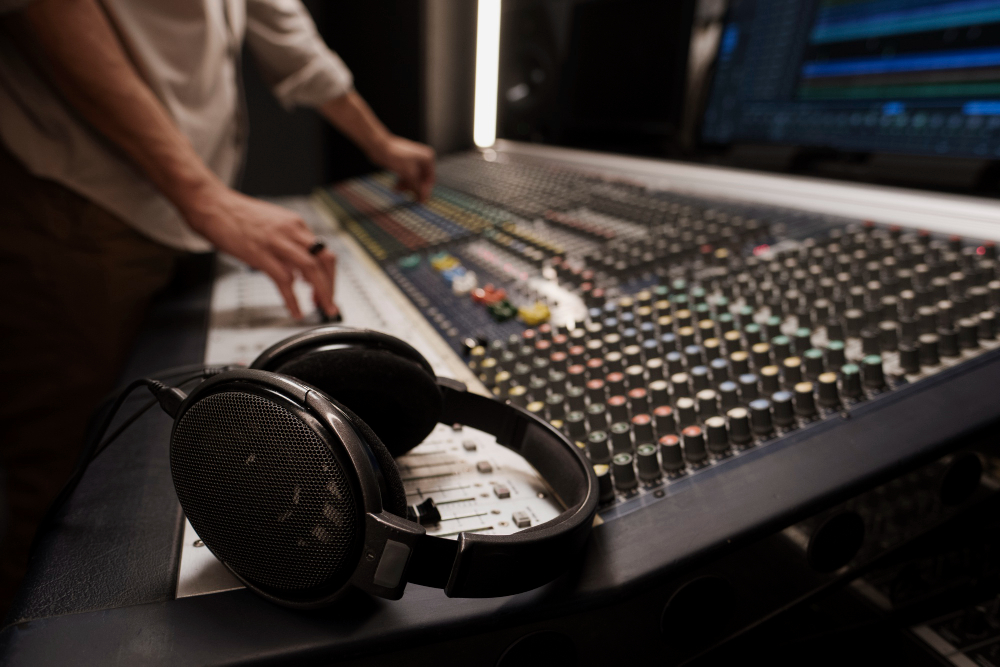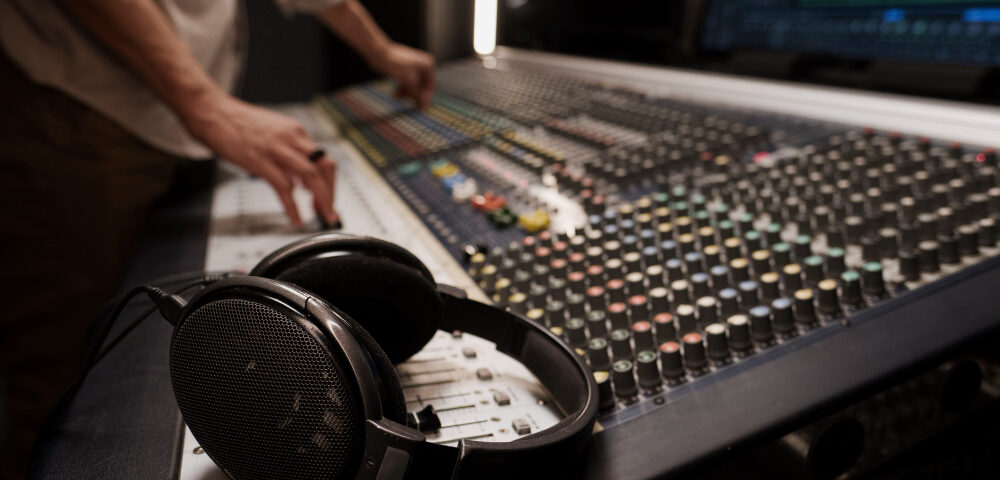
Dynamic Creative Optimization: Personalizing Ads at Scale in the Programmatic Era
February 18, 2025
Sustainability in Digital Advertising: Building Eco-Friendly Campaigns
February 20, 2025
Programmatic Audio Advertising: The Next Frontier in Digital Marketing
In recent years, audio consumption has surged, fueled by the popularity of podcasts, music streaming services, and smart speakers. As listeners increasingly engage with audio content across diverse platforms, programmatic audio advertising has emerged as a powerful new channel for brands seeking to connect with audiences in an intimate and highly targeted way.
This blog explores the rise of programmatic audio advertising, its unique advantages, and how brands can leverage this evolving medium to amplify their marketing efforts.
🎧 What is Programmatic Audio Advertising?
Programmatic audio advertising is the automated buying and selling of digital audio ad inventory using data-driven technology. Through demand-side platforms (DSPs) and real-time bidding (RTB), advertisers can target listeners with relevant audio ads across streaming platforms, podcasts, internet radio, and smart devices.
Unlike traditional radio advertising, programmatic audio enables precise audience targeting, real-time optimization, and campaign scalability—all within an audio-first environment.
📈 Why Programmatic Audio Advertising is Gaining Momentum
1. Explosive Growth of Audio Content
- Podcasts have seen a 50%+ growth in listenership worldwide in recent years.
- Music streaming platforms like Spotify, Pandora, and Amazon Music boast hundreds of millions of active users globally.
- Smart speaker adoption (Amazon Echo, Google Home) is increasing, creating new voice-driven ad opportunities.
2. Engaged and Captive Audiences
Audio consumption often happens during commutes, workouts, chores, or relaxation—times when screen interaction is limited. This makes audio ads highly engaging since listeners are focused on sound.
3. Data-Driven Precision
Programmatic technology allows brands to serve audio ads based on demographics, location, listening habits, device type, and even weather or time of day.
4. Cross-Device Reach
Audio ads can reach consumers on smartphones, desktops, connected cars, smart speakers, and wearable devices, ensuring a wide footprint.
💡 Advantages of Programmatic Audio Advertising
- Highly Targeted: Use first- and third-party data to reach niche segments.
- Cost-Effective: Pay for ads that serve to relevant audiences, reducing waste.
- Scalable: Access premium inventory across multiple audio platforms in one place.
- Flexible Formats: From short pre-roll spots to sponsored segments and branded podcasts.
- Brand Safe: DSPs provide controls to avoid unsuitable content placements.
🛠 How Brands Can Tap Into Programmatic Audio
1. Understand Your Audience
Use listener data and segmentation to tailor audio messaging that resonates emotionally and contextually with the target group.
2. Craft Authentic, Compelling Audio Creatives
Audio ads must grab attention quickly, using clear calls to action, storytelling, and sound design. Consider native podcast sponsorships for deeper engagement.
3. Choose the Right Platforms and DSPs
Leading programmatic audio platforms include Spotify Ad Studio, The Trade Desk, Audio Everywhere, Triton Digital, and AdsWizz.
4. Optimize with Data Insights
Leverage real-time analytics to adjust bids, creatives, and targeting for maximum impact.
5. Integrate with Omnichannel Campaigns
Combine audio ads with display, video, and social campaigns for cohesive storytelling and brand recall.
🎯 Use Cases for Programmatic Audio Advertising
- Retail and E-commerce: Drive store visits or online sales with localized, timely offers.
- Automotive: Promote new car models or service deals based on geographic targeting.
- Finance: Reach listeners with personalized loan or insurance offers during commute hours.
- Entertainment: Launch movies, games, or music with immersive audio teasers.
- Consumer Packaged Goods (CPG): Build brand affinity with repeated exposure during daily routines.
🌟 Measuring Success in Programmatic Audio
Key performance indicators include:
- Ad Recall and Brand Awareness (via surveys and panel data)
- Click-Through and Visit Rates (from integrated digital touchpoints)
- Conversions and Sales Lift (attributed through multi-touch attribution models)
- Frequency and Reach to optimize exposure without oversaturation
🔮 The Future of Programmatic Audio Advertising
The programmatic audio landscape is poised for innovation:
- AI-Driven Personalization will tailor ad messaging based on real-time context and listener behavior.
- Interactive Audio Ads will allow voice-enabled calls to action, like ordering products or booking appointments.
- Connected Car Advertising will unlock geo-targeted, moment-based campaigns for drivers.
- Cross-Platform Attribution will better connect audio campaigns with overall marketing ROI.
Final Thoughts
As audio consumption continues to grow, programmatic audio advertising offers brands an exciting frontier to engage audiences with personalized, relevant messages in an intimate setting. With its unique combination of data-driven targeting, scalability, and creative flexibility, programmatic audio is becoming an essential component of any modern marketing strategy.
Brands that embrace this medium early will not only capture attention but also foster deeper connections with consumers through the power of sound.
SEO Keywords: programmatic audio advertising, audio programmatic ads, podcast advertising, streaming audio ads, audio ad targeting, digital audio marketing, programmatic audio platforms, audio ad optimization, interactive audio ads, connected car advertising

